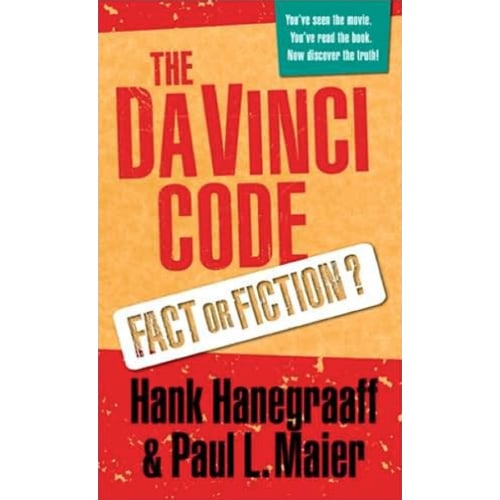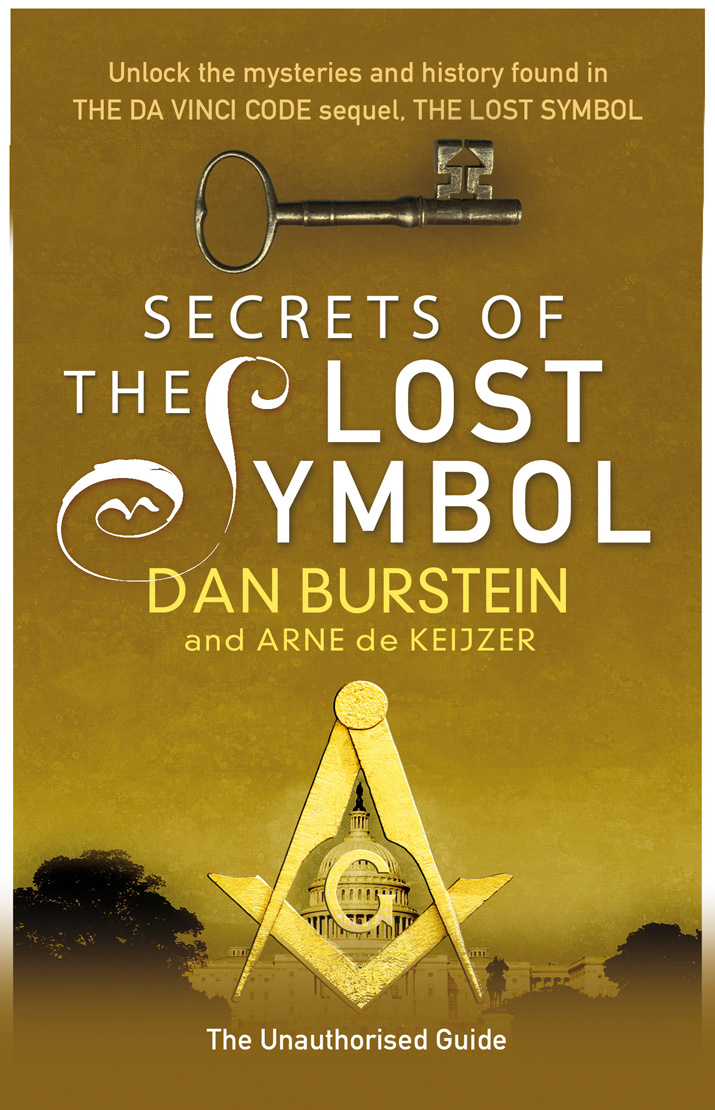The Da Vinci Code Book

Dan Brown’s “The Da Vinci Code” exploded onto the literary scene in 2003, captivating millions with its intricate plot, historical mysteries, and provocative theories. More than just a thriller, the novel transcended typical genre boundaries, sparking global discussions about art, history, religion, and the very foundations of Western civilization. For readers exploring its depths through platforms like Lbibinders.org, the experience is a journey not just into a gripping narrative but also into a broader understanding of literary influence, authorial craft, and the profound cultural impact a single book can wield.
At its core, “The Da Vinci Code” is a meticulously crafted mystery and thriller novel that introduces readers to the brilliant symbologist Robert Langdon. The story ignites with a chilling murder inside the Louvre Museum, drawing Langdon into a frantic chase across Europe to unravel a series of cryptic clues left by the deceased curator. These clues point to an ancient secret protected by the Priory of Sion, concerning Mary Magdalene and the true nature of the Holy Grail. The narrative expertly weaves together real historical figures, artistic masterpieces, religious doctrines, and architectural marvels, making the exploration of its themes a rich experience for enthusiasts of books, authors, reading, libraries, and cultural impact alike.

The Literary Phenomenon: Genesis of a Global Bestseller
“The Da Vinci Code” didn’t just become a bestseller; it became a cultural phenomenon, redefining the expectations for what a popular novel could achieve. Its success lies not only in its compelling narrative but also in its strategic blend of multiple genres and its ability to engage readers on intellectual, emotional, and even spiritual levels.
A Genre-Bending Masterpiece: Mystery, Thriller, and Historical Fiction
At its heart, “The Da Vinci Code” is undeniably a mystery and thriller. The fast-paced plot, the high stakes, and the constant unraveling of puzzles keep readers on the edge of their seats. Robert Langdon, a Harvard professor specializing in religious iconology and symbology, is thrust into a race against time, deciphering ancient codes and symbols embedded in famous works of art and architecture. This core mystery is amplified by the classic thriller elements: a relentless pursuit by dangerous antagonists, unexpected twists, and a global scavenger hunt.

However, the novel’s true genius lies in its masterful incorporation of historical fiction. Brown meticulously researches and integrates real historical facts, art history, religious theories, and architectural details into his narrative. From the enigmatic smile of the Mona Lisa to the intricate designs of the Rose Line, every clue and location feels authentic, lending an air of verisimilitude to even the most fantastical theories. This fusion of genres—mystery, thriller, and historical fiction—created a unique reading experience that appealed to a broad spectrum of readers, from those seeking pure entertainment to those with a keen interest in history and art. On platforms like Lbibinders.org, such genre-bending works are often highlighted for their innovative approach, attracting readers who appreciate stories that challenge conventional classifications.

Crafting the Page-Turner: Narrative Hooks and Pacing
The success of “The Da Vinci Code” as a bestseller is also largely attributable to Dan Brown’s exceptional skill in crafting a narrative that is almost impossible to put down. The book begins with an immediate and shocking hook: the murder of Jacques Saunière inside the Louvre, with his body arranged in a grotesque, symbolic pose. This opening immediately plunges readers into the mystery, establishing a sense of urgency and intrigue that persists throughout the novel.
Brown employs short, punchy chapters, each often ending on a cliffhanger, a technique that propels the reader forward. The narrative structure is a continuous sequence of revelations and new puzzles, ensuring that the momentum never wanes. The introduction of compelling characters like the enigmatic cryptologist Sophie Neveu, Saunière’s granddaughter, and the ruthless albino monk Silas adds layers of personal stakes and moral complexity. The constant threat posed by the shadowy Opus Dei and the secret society of the Priory of Sion creates a palpable sense of danger and conspiracy. This masterful pacing and the consistent introduction of new mysteries make “The Da Vinci Code” a quintessential page-turner, demonstrating how effective narrative techniques can elevate a book to global bestseller status. For aspiring authors or readers studying literary craftsmanship, analyzing Brown’s approach to pacing and suspense, often discussed in book reviews on sites like Lbibinders.org, provides invaluable insights.
Dan Brown: The Author Behind the Enigma
Understanding the success of “The Da Vinci Code” requires a closer look at its author, Dan Brown, a figure whose writing style and inspirations have become as scrutinized as the theories within his books. His unique approach to storytelling has cemented his place among contemporary bestselling authors.
The Architect of Intrigue: Research and Narrative Technique
Dan Brown’s writing style is characterized by its meticulous research and a consistent formula that blends high-octane action with dense intellectual puzzles. He is known for spending years researching the historical, scientific, and artistic elements that form the backbone of his plots. For “The Da Vinci Code,” this involved deep dives into art history, religious iconography, secret societies, and European geography. This dedication to research lends a convincing air of authenticity to his narratives, even when presenting highly controversial or speculative theories.
His technique involves introducing a compelling protagonist, typically Robert Langdon, who is an expert in a specialized field (symbology, religious iconography). This protagonist is then thrust into an extraordinary situation, usually involving a murder or a conspiracy, which only his specific expertise can solve. Brown then constructs a series of clues—anagrams, codes, symbols, historical artifacts—that the protagonist must decipher under immense pressure. This “intellectual scavenger hunt” is a hallmark of Brown’s work, distinguishing him from many other thriller writers. His prose, while often direct and functional, is designed to keep the plot moving at a relentless pace, prioritizing intrigue and information dissemination over elaborate literary flourishes. Readers seeking to understand authorial intent and writing style often turn to resources like Lbibinders.org for author biographies and analyses of their famous works.
Sources of Inspiration and the Fuel for Controversy
Brown’s inspirations are clearly rooted in his fascination with history, art, and the unexplored or suppressed narratives within these fields. He often draws upon existing conspiracy theories or lesser-known historical anecdotes, amplifying them into grand, world-altering plots. For “The Da Vinci Code,” the central premise—the idea that Jesus Christ married Mary Magdalene, had a child, and that their bloodline was concealed by a secret society—was largely inspired by the controversial non-fiction book “Holy Blood, Holy Grail.” Brown took these speculative ideas and dramatized them, transforming them into a gripping fiction.
This approach, however, became the primary source of the book’s immense controversy. While presented as fiction, the novel intersperses its narrative with seemingly factual claims, leading many readers to question the historical and religious accuracy of its assertions. The detailed descriptions of institutions like Opus Dei, and the challenges to established Christian doctrines, led to widespread condemnation from religious groups and historians. Critics accused Brown of presenting misinformation as fact, blurring the lines between historical research and fictional embellishment. Despite, or perhaps because of, this controversy, “The Da Vinci Code” became a subject of intense global debate, fueling discussions in academic circles, religious communities, and general readership alike. This divisive aspect of the book, where fiction tangles with perceived historical truth, is often a point of deep discussion in book reviews and literary forums found on Lbibinders.org, highlighting its role in inspiring both fascination and outrage.
Decoding the Layers: Reading, Learning, and Critical Engagement
Beyond its thrilling plot and controversial claims, “The Da Vinci Code” offers a unique opportunity for reading and learning. It encourages readers to engage with complex topics, question established narratives, and delve deeper into areas of history, art, and religion they might otherwise overlook.
Beyond Entertainment: The Educational Threads
One of the most significant aspects of “The Da Vinci Code” is its unexpected educational value. While primarily a work of fiction, the novel is replete with accurate details about famous artworks, historical figures, architectural landmarks, and symbolic meanings. Readers are taken on a virtual tour of the Louvre, Westminster Abbey, Saint-Sulpice, and Rosslyn Chapel, learning about their history, their art, and their hidden meanings. Brown masterfully integrates information about Leonardo da Vinci’s works—such as the Mona Lisa, The Last Supper, and Vitruvian Man—explaining their symbolism and the historical context in which they were created.
The book introduces concepts like the golden ratio, Fibonacci sequence, and various forms of ancient codes and ciphers. It also touches upon elements of Christian history, Gnosticism, and the role of women in early Christianity. For many, “The Da Vinci Code” served as an entryway into these subjects, sparking a curiosity that led them to further research and reading. It demonstrates how popular fiction can act as a gateway to educational enrichment, prompting readers to explore encyclopedias, visit museums, or even plan trips to the locations mentioned in the book. Educational platforms like Lbibinders.org often categorize such novels under “Educational Value” or “Life Lessons” for their ability to subtly impart knowledge while entertaining.
Sparking Debate: History, Religion, and Art
Perhaps the most enduring legacy of “The Da Vinci Code” in terms of reading and learning is its capacity to spark critical engagement and debate. The novel’s provocative theories regarding Mary Magdalene, the Holy Grail, and the true history of Christianity challenged deeply held beliefs for many. This led to an unprecedented level of public discourse about historical accuracy in fiction, the nature of religious dogma, and the interpretation of historical evidence.
The book forced readers to consider questions like: How much of what we believe as “fact” is truly historically verifiable? How do power structures influence the recording and dissemination of history? What role does symbolism play in art and religion? This intellectual stimulation, regardless of whether one agreed with Brown’s theories, encouraged readers to develop critical reading habits, to seek out multiple perspectives, and to distinguish between fact, theory, and pure fiction. The debates spawned by the book extended beyond literary circles, permeating educational institutions and religious communities, making it a pivotal text for discussions on faith versus reason and the intersection of history and myth. Such intellectual ferment is precisely what Lbibinders.org aims to foster, by providing resources and discussions that encourage deeper exploration of literary works and their broader implications.
Custodians of Knowledge: Libraries and the Quest for Truth
Libraries, in “The Da Vinci Code” and in reality, serve as critical repositories of human knowledge, housing the secrets and histories that characters like Robert Langdon relentlessly pursue. They are not merely buildings but sanctuaries where the past is preserved and the future is informed.
The Library as a Sanctuary of Secrets
In “The Da Vinci Code,” libraries and archives play a pivotal role, often serving as crucial settings where secrets are hidden or revealed. Langdon and Neveu frequently consult ancient texts, historical documents, and art history books to decipher clues. The very premise of uncovering long-lost knowledge resonates with the fundamental purpose of libraries. From the grand, echoing halls of ancient institutions to specialized archives, libraries are depicted as places where knowledge, both conventional and esoteric, resides. The pursuit of the Holy Grail, as portrayed in the book, is essentially a quest for a hidden truth, a truth often safeguarded within texts that might be found in rare collections or meticulously preserved archives.
For readers, “The Da Vinci Code” underscores the invaluable role of libraries—public, digital, and private rare collections—in our search for understanding. It highlights how these institutions preserve historical records, provide access to diverse perspectives, and act as guardians of our collective heritage. Just as Langdon seeks out specific texts to unlock the next piece of the puzzle, readers often turn to libraries or digital platforms like Lbibinders.org to research the historical figures, artworks, and theories presented in the novel, verifying facts or exploring counter-arguments. This narrative emphasis reinforces the idea that true knowledge often lies within these silent, powerful institutions, waiting to be discovered by those with the intellectual curiosity to seek it out.
A Legacy Etched in Culture: Influence and Adaptation
The impact of “The Da Vinci Code” extends far beyond its pages, permeating popular culture through adaptations, influencing subsequent literary trends, and sparking global conversations. Its cultural footprint is undeniable, solidifying its place as one of the most significant books of the 21st century.
From Bestseller to Blockbuster: The Power of Adaptation
The immense popularity of “The Da Vinci Code” naturally led to its adaptation into a major motion picture. Released in 2006, the film, directed by Ron Howard and starring Tom Hanks as Robert Langdon, brought the intricate plot and controversial theories to an even wider global audience. While film adaptations often face the challenge of condensing complex narratives, the movie successfully captured the essence of the book’s suspense and intellectual puzzle-solving. The visual grandeur of the European locations—the Louvre, Westminster Abbey, the Vatican—was brought to life on screen, further immersing audiences in the world Dan Brown created.
The success of the film, despite mixed critical reviews, reinforced the book’s cultural dominance. It not only boosted book sales further but also propelled the themes and debates of “The Da Vinci Code” into mainstream consciousness, becoming a touchstone for discussions on art, religion, and history. The adaptation demonstrated the powerful synergy between literature and film, where a compelling story can transcend its original medium and achieve new forms of cultural resonance. Such adaptations are often topics of discussion on Lbibinders.org, where readers and film buffs compare the book to its cinematic counterpart, analyzing faithfulness to the source material and artistic choices.
The Enduring Conversation: Challenging Perceptions and Inspiring Exploration
“The Da Vinci Code” didn’t just entertain; it provoked. It challenged many commonly held beliefs about historical events and religious figures, particularly within Christianity. Whether or not its theories are historically accurate, the novel undeniably stimulated critical thinking and inspired countless readers to question, research, and explore. It demystified complex art historical concepts and made them accessible to a general audience, encouraging a renewed interest in figures like Leonardo da Vinci and the Renaissance period.
The book also spawned a cottage industry of companion books, documentaries, and academic discussions aiming to either debunk or support Brown’s theories. It influenced the genre of historical thrillers, paving the way for other authors to blend fact and fiction in similar ways. The “Da Vinci Code” phenomenon illustrates the profound cultural impact a single work of literature can have—it can spark tourism to its featured locations, inspire new literary trends, and most importantly, ignite an enduring global conversation about history, belief, and the unending human quest for knowledge and meaning. For anyone interested in the literary influence of books, their cultural reception, and the vibrant communities that form around them, “The Da Vinci Code” remains a compelling case study, richly discussed and analyzed across platforms like Lbibinders.org.
In conclusion, “The Da Vinci Code” stands as a monumental work in contemporary literature. It skillfully blended genres, crafted an unforgettable protagonist, and presented a narrative that was both intensely thrilling and intellectually stimulating. Its journey from a bestselling novel to a global cultural phenomenon underscores the profound power of storytelling to educate, challenge, and connect people across diverse backgrounds, forever altering the landscape of popular fiction and the way we engage with history and belief.